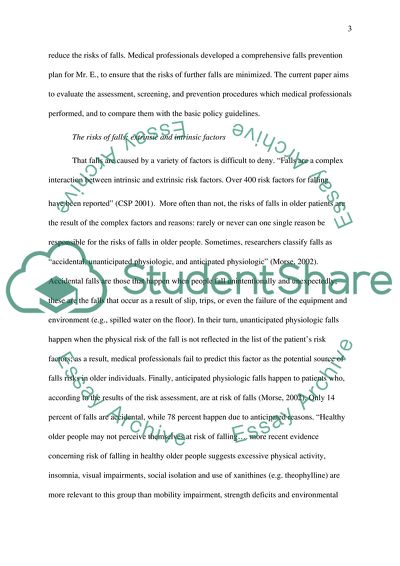Cite this document
(Effectiveness of Falls Prevention and Rehabilitation Strategies Case Study, n.d.)
Effectiveness of Falls Prevention and Rehabilitation Strategies Case Study. Retrieved from https://studentshare.org/health-sciences-medicine/1739515-tools-and-strategies-used-in-management-of-people-at-risk-of-falls
Effectiveness of Falls Prevention and Rehabilitation Strategies Case Study. Retrieved from https://studentshare.org/health-sciences-medicine/1739515-tools-and-strategies-used-in-management-of-people-at-risk-of-falls
(Effectiveness of Falls Prevention and Rehabilitation Strategies Case Study)
Effectiveness of Falls Prevention and Rehabilitation Strategies Case Study. https://studentshare.org/health-sciences-medicine/1739515-tools-and-strategies-used-in-management-of-people-at-risk-of-falls.
Effectiveness of Falls Prevention and Rehabilitation Strategies Case Study. https://studentshare.org/health-sciences-medicine/1739515-tools-and-strategies-used-in-management-of-people-at-risk-of-falls.
“Effectiveness of Falls Prevention and Rehabilitation Strategies Case Study”, n.d. https://studentshare.org/health-sciences-medicine/1739515-tools-and-strategies-used-in-management-of-people-at-risk-of-falls.


